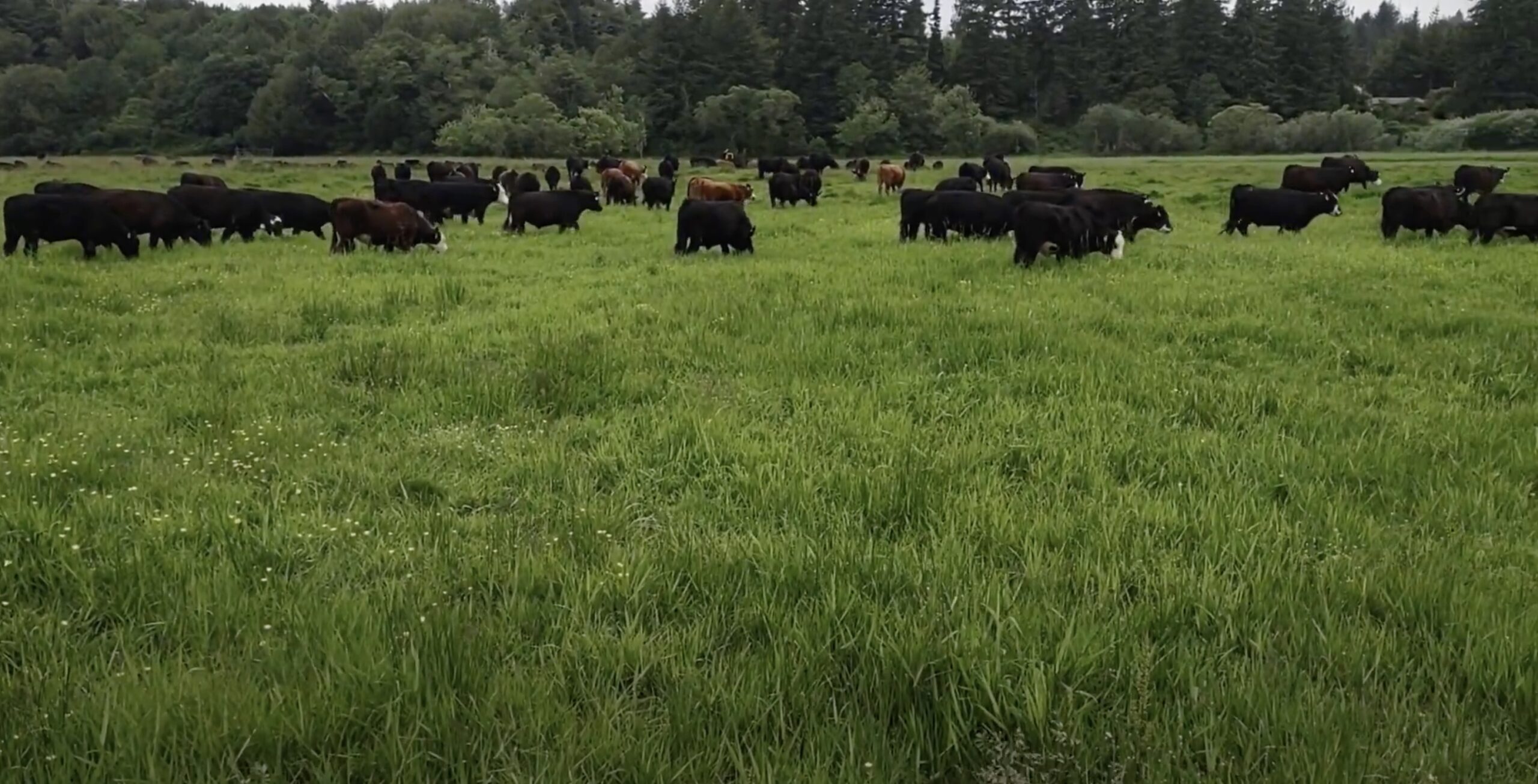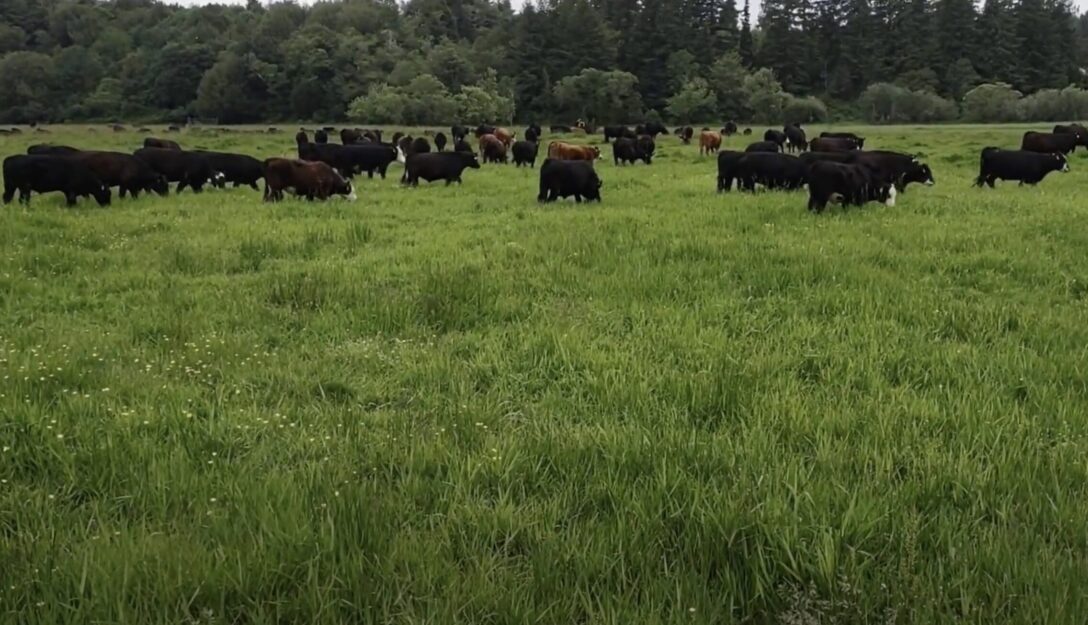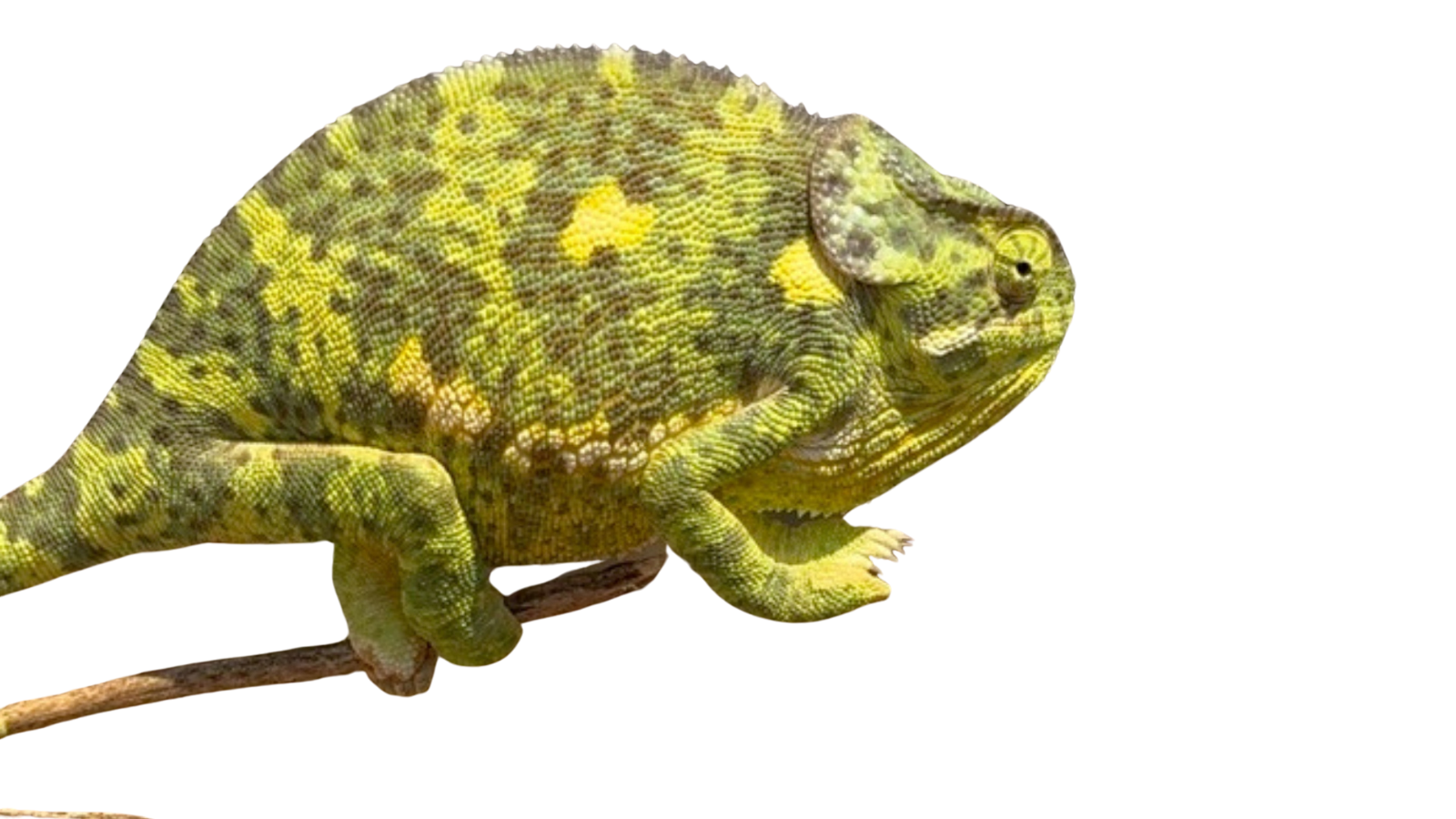06
In my last post I connected the dots between the stress I create in myself and the stress I create for my livestock. This week I will look at how this same pattern holds for the researchers that study stress in cattle. Let me explain.
There are a few different ways to understand stress in livestock. One is to understand it as a series of chemical reactions that occur inside an organism. Here is a recent paper that highlights the different stress responses in cattle and what the research tells us about their physiological impacts. This paper does a great job collecting all the research that identifies sources of stress in cattle, quantifying that stress, and identifying the biochemical markers that create the thing that we call stress.
There are a lot of advantages to seeing cattle stress this way. For me, it helps me a little when I talk to certain people. For the researchers, having a complicated way of understanding stress, which requires very expensive equipment, and a lot of post docs, is very useful in getting funding and getting tenure.
For me, the bovine stress response was created by evolution. Cattle experience stress when they are in an environment totally different from the environment their ancestors lived in. Since it is different, their ancestors could not evolve traits to cope with the novel environment that they find themselves in. We can see how this works by looking at the sources of stress identified by the researchers in this paper.
The most obvious stressor is hunger. If cattle don’t have anything to eat they are going to be stressed. Cattle evolved this ‘hungry’ response as a way of making sure they moved someplace where there was more food. The stress response pushes them out of a place with no food and then stops when they get to a place with food. This stress response is a key part of the ecosystem. A tiny dropper full of herbivore stress hormone drives a huge number of ecological processes in savanna grasslands. If our animals don’t have enough to eat, and we create a modern world that is a nest of fences that prevent animals from moving to greener pastures, that is extremely stressful for them. Much worse than a drought in Eden. On a related note, I would hypothesize that cattle have a stress response that borrows from the ‘hungry’ response when they are sitting in desolate, muddy feedlot, even when they are stuffed to the gills with calories. Maybe not a decisive factor in our cattle businesses, this is definitely important in our land business. This is the equivalent of a wealthy person dropping all kinds of money to buy a ranch that will not provide them with any more food, but will provide them green hills to look at. They are combating a stress response related to an anxiety about their food. Much more on this later.
Next cattle are stressed when they are alone. These animals are intensely social creatures, much more social than we are. They would be so into Tik Tok but they keep cracking their screens with their hooves. Again, they are this way for ecological reasons. Wild herd animals try to surround themselves with some other stooge, in case a lion shows up. If they are in a herd of one thousand and they run into a lion, worst-case scenario is they have a 1 in 1,000 chance of getting killed by the lion. If they are in a herd of 10,000 those chances go down to 1 in 10,000. When a steer is alone in a pen with shouting people all around it, he has a full-blown panic attack. This is because he is starting to feel like those chances are approaching 1 to 1.
That brings us to the final stressor, predators. Us. Our animals feel stress around predation, this is the mechanism they use to escape from predators. This stress was critical in shaping these animals. If we are constantly stimulating their stress response in a way that is way out of line with what their wild ancestors would have experienced, they are going to have negative health impacts.
Instead, we are trying to act like a predatory animal that is not hungry and is not hunting. You can see from nature docs that wildebeest are not very stressed when a lion walks right next to them with a belly full of half of one of their friends. They know the lion just desperately needs a drink of water and is physically incapable of running at the moment. In fact, I would suggest that those wildebeest feel relief when they see that lion. Now they know that they are in a territory occupied by very satiated lions. They can relax knowing that for the next twenty-four hours there are no hungry lions lurking in the tall grass. This suggests to me that it is better to be around the cattle in a low-stress way than to not be around the cattle at all. The key being, a low stress way.
So what does seeing cattle stress in this way get me? Not much, I guess. People rarely see such an idea as being worth very much. It doesn’t help me navigate department politics or get funding. But, on the other hand, I don’t have to deal with those things. I also don’t have to draw blood from cattle to conduct cattle stress experiments, which I imagine involves running feedlot cattle through a bunch of expensive handling equipment with the “help” of grad students. Stressful.
I, of course, still make up all kinds of reasons that I should be stressed. For me, stress is trying to get the cattle where they need to be (or write a blog post) while there are two little boys on my lap. This time of year there are lots of bullfrogs to catch and (Stop Everything!)
So it takes me forever to do anything. Stressful.
Our response to stress is shaped by our ideas about it. If you view stress as a cascade of chemical reactions then the logical question is whether to intervene in that chemical cascade with more chemicals, cattle Prozac. I am not making this up; these researchers pondered this question at the end of their paper, I assume mixed into their feed like Bovitec.
Since I try to get the cattle a life that is in line with their evolutionary heritage, someone has to be there, and I guess it has to be me. What that means is I have to put myself in the same environment. Humans evolved in an environment that is practically identical to the one that cattle evolved in. And of course stress in humans, all stress, also comes from us being in a foreign environment, evolutionarily speaking. So there is that.
Next time I will continue with that thread by examining another recent research paper that looks at the correlation between ancient cereal agriculture and the rise of bronze age empires in the Fertile Crescent. And I will discuss how that informs the war in Ukraine. Of course.


